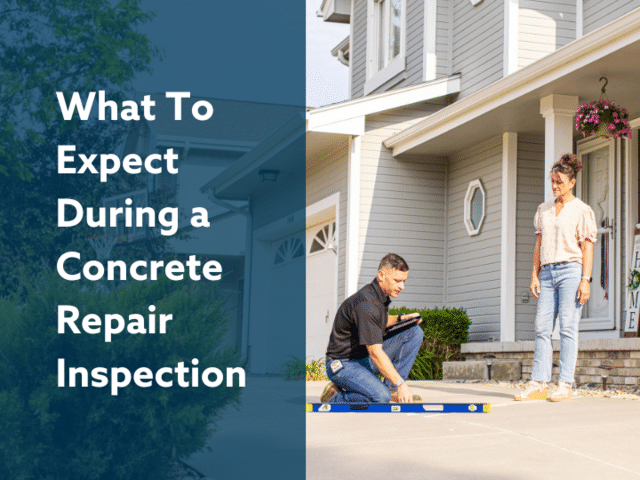Resistance Piers
Thrasher Foundation Repair uses resistance piers to stabilize and lift foundations that have settled or moved. Sometimes referred to as Push Piers or Underpins, these piers are hydraulically driven into the ground until they reach suitable bearing strata.
The cause of foundation movement primarily stems from the structure being built over poor or unstable soils. It can also be from drought conditions causing clay soil to shrink or due to erosion issues. Resistance piers are one of the most commonly used types of piers in and around the entire Midwest, including the Kansas City metropolitan area, due to the type of soil and structures found in the area. Homes in the Midwest are typically constructed with basements--a heavier type of construction than homes that are found in other areas of the country. Because the resistance pier requires a certain amount of weight to push the pier into the ground, this heavier construction is conducive to the use of resistance piers. Homes built on slabs that are common in the south would not be a good application for resistance piers. Some homes built on crawlspaces can be repaired using resistance piers, but determining the weight of the structure becomes very important.
Resistance piers are hydraulically driven, high-strength steel, tubular, end-bearing piles. The pile sizes vary in diameter from 2-2/8" to 4-1/2", as well as in steel thickness and transfer brackets to accommodate a wide range of load and support conditions. The most common size is 2-7/8th, but the size of the pier should be determined based on the weight of the structure, the spanning capacity of the foundation, and the soil below the home. Our technicians use state of the art software to identify these metrics while designing solutions. Our engineering partners also use this software and work with our technicians to ensure proper use of the software.
The steel piles (piers) are driven in connected sections, using the weight and structural integrity of the building to advance the piles to a stable load-bearing stratum. Only one pier is advanced at a time so that the entire weight of the structure is used on each pier individually. There is a direct correlation between drive force and pile capacity. Drive force is continuously measured during installation and piers are installed to a pre-determined capacity. That capacity is determined and a factor of safety from 1.5 to 2 is applied to ensure long term results.
Drive force measures the end-bearing capacity of the soil, rock, and pile. The stiffer the soil, the more drive force required. The predetermined capacity is derived from analyzing and estimating the building's weight (live loads, dead load and soil loads) and structural strength of the building support components. Pier spacing is determined by a number of influences: weight of structure, capacity of selected pile, soil type, and structural strength of the foundation to determine span limits. By measuring drive force, the capacity of the soil is measured, and the pier is continuously tested.
Once all of the piers have been driven to load bearing stratum, pier brackets can be attached. The pier bracket is chosen based on the type of foundation, weight of the structure, and diameter of the pile. All of the piers are then connected to hydraulic lifting cylinders in a series. In most cases, lasers are used to determine the elevations of the building and observe movement or lift. As sections of the building reach a desired elevation they can be shut off. Once the entire building has been lifted to the desired elevation, the brackets are bolted off and the cylinders can be removed.
Resistance Pier- Other Features
Friction Collar- Each pier has a friction collar or ring affixed at the bottom of the pile. This is important so that the hole that is created during installation is slightly larger than the pile diameter reducing friction on the pile as it is advanced. After installation soil reforms around the pile increasing its capacity.
External Sleeve- This sleeve is installed at the bracket and extends down past the bracket between one and three feet. This improves the strength of the bracket and pile system and reduces friction between the two during installation. This allows for a more consistent pressure reading and higher capacity of the final product. It also reduces bending forces caused by eccentricity in the system.
Sacrificial Steel- every pile is designed with more steel than necessary to extend the life of the pier. Our piers are designed with over 50 years of sacrificial steel. This means that all of our stated capacities are for after the pier has been in the ground for 50 years. This means that the piers are actually much stronger than that at the time of installation.

Article Categories:



